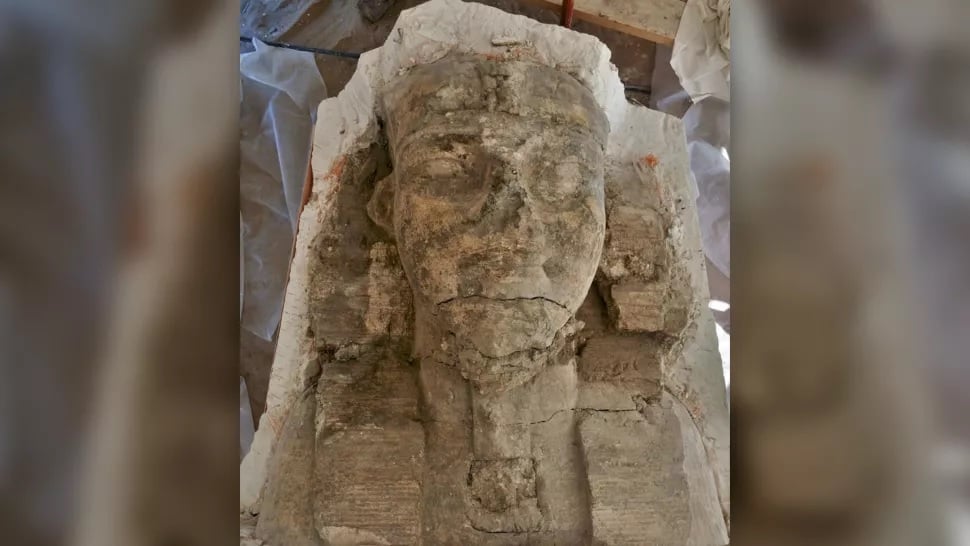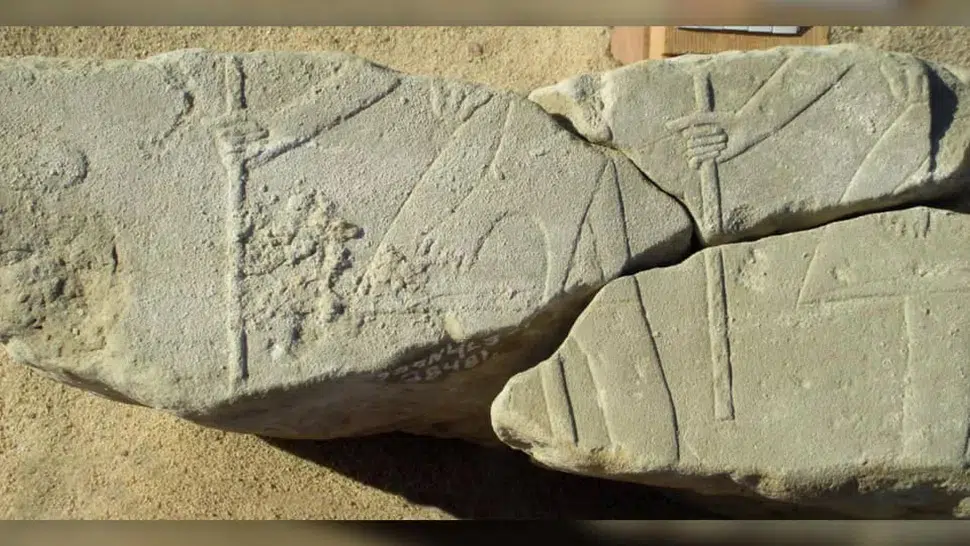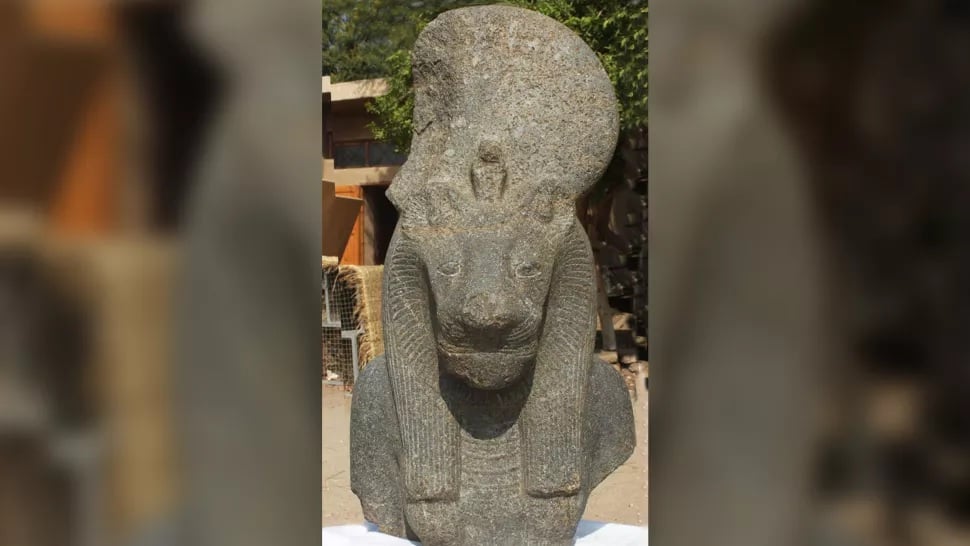
Two gigantic sphinxes of Amenhotep II, the Egyptian pharaoh who was King Tut’s grandfather, were recently unearthed, according to a statement released by the Egyptian Tourism and Antiquities Authority.
Unearthed at an ancient Egyptian temple known as the “Temple of a million years,” part of a vast funerary complex for Amenhotep, the enormous sculptures were originally 26 feet (8 meters) long, according to Live Science.
With a head that was fashioned after a sphinx, the limestone statues of Amenhotep II were discovered by a joint German-Egyptian archaeological mission.
Sphinxes of Amenhotep, statues of Goddess Sakhmet, relief sculptures found at Egypt’s Luxor
The grandfather of King Tutankhamun was an 18th-dynasty king whose reign, which lasted from 1390 B.C. to 1353 B.C. was known for its serenity and prosperity.
Located in the ancient Egyptian capital of Thebes, known as Luxor today, the site also contains the ruined walls and columns of the mortuary for the pharaoh.
The colossi, or larger-than-life statues, were found by archaeologists working under the auspices of the Colossi of Memnon and Amenhotep III Temple Conservation Project, which began in 1998.

Mustafa Waziri, secretary-general of the Supreme Council of Antiquities, said in the statement that the giant statues are decorated with ceremonial and ritual scenes, with Amenhotep wearing a mongoose-shaped headdress, a beard (which was a symbol of Egyptian royalty) and a necklace.
After the restoration, which has already taken place, archaeologists say that showed an inscription across the chest of one of the statues that read “the beloved of Amun-Re,” which they believe is a reference to Amenhotep III.
“This temple housed a large number of statues, models and wall decorations, before it was hit by a devastating earthquake in 1200 B.C.,” Egyptolologist Hourig Sourouzian, the head of the archaeological mission, explained to interviewers from the Middle Eastern news outlet Al-Monitor.

Three statues of the powerful Egyptian goddess Sakhmet, also known as Sekhmet, portrayed with the head of a lion and the body of a woman, were also found as part of the discovery.
These were found at the façade of an open interior courtyard of the funerary complex, known as a peristyle court.
“In the peristyle, the newly discovered pieces of wall relief reveal new scenes of the Heb-Sed, a festival of the king started after 30 years of his rule and repeated every three years thereafter,” Sourouzian stated.
Abdel Rahim Rihan, director general of research, archaeological studies and scientific publication in South Sinai at the Ministry of Tourism and Antiquities, noted that the Heb-Sed festival was “one of the most important feasts for ancient Egyptians that celebrates the end of the 30th year of the king’s ascension to the throne.
“The depictions of this festival show the king on his throne in full strength, with the crowds around him happy and excited, waiting for his speech promising them another 30-year reign full of prosperity and opulence. On this occasion, the king would also make offerings to the gods.”
Painting an unforgettable picture of the ancient Egyptian ritual, Rahim Rihan added that the high point of the festival included the pharaoh running around a race track located in the courtyard to demonstrate his physical prowess.
The archaeologists said in their statement this week that their conservation project had four parts. A survey of the site was followed by the team investigating the ruins. They then made plans to place all of the newly documented artifacts back in their original locations within the temple.
Lastly, the team stated that it made plans to manage the site, including how to best preserve the vast complex in the future.
See all the latest news from Greece and the world at Greekreporter.com. Contact our newsroom to report an update or send your story, photos and videos. Follow GR on Google News and subscribe here to our daily email!



